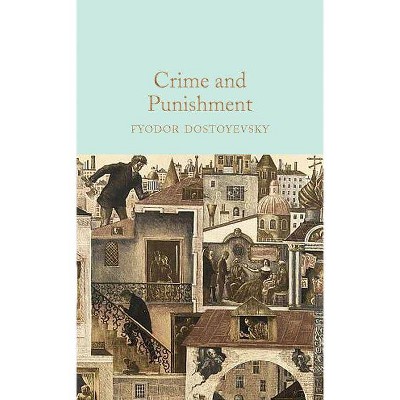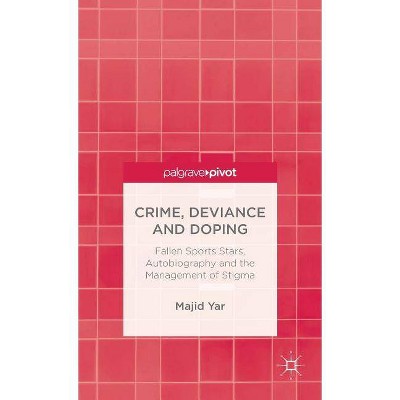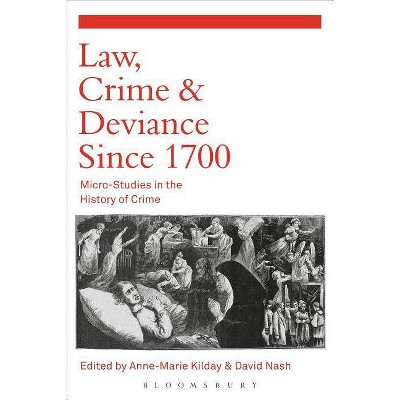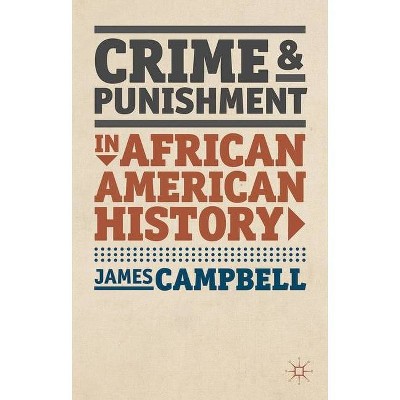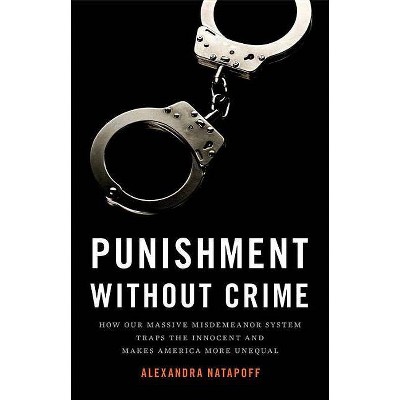Italian Prisons in the Age of Positivism, 1861-1914 - (History of Crime, Deviance and Punishment) by Mary Gibson (Hardcover)
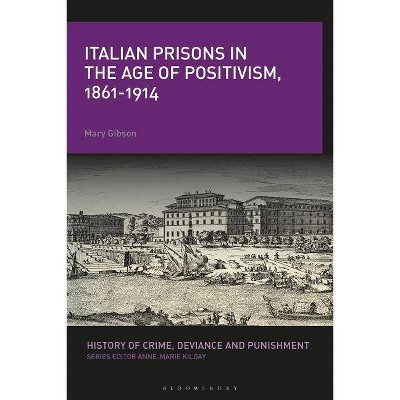
Similar Products
Products of same category from the store
AllProduct info
<p/><br></br><p><b> Book Synopsis </b></p></br></br>During a period dominated by the biological determinism of Cesare Lombroso, Italy constructed a new prison system that sought to reconcile criminology with nation building and new definitions of citizenship. <i>Italian Prisons in the Age of Positivism, 1861-1914</i> examines this "second wave" of global prison reform between Italian Unification and World War I, providing fascinating insights into the relationship between changing modes of punishment and the development of the modern Italian state.<br/> <br/> Mary Gibson focuses on the correlation between the birth of the prison and the establishment of a liberal government, showing how rehabilitation through work in humanitarian conditions played a key role in the development of a new secular national identity. She also highlights the importance of age and gender for constructing a nuanced chronology of the birth of the prison, demonstrating that whilst imprisonment emerged first as a punishment for women and children, they were often denied "negative" rights, such as equality in penal law and the right to a secular form of punishment. Employing a wealth of hitherto neglected primary sources, such as yearly prison statistics, this cutting-edge study also provides glimpses into the everyday life of inmates in both the new capital of Rome and the nation as a whole.<br/><br/><i>Italian Prisons in the Age of Positivism, 1861-1914</i> is a vital study for understanding the birth of the prison in modern Italy and beyond.<p/><br></br><p><b> Review Quotes </b></p></br></br><br>A long-time specialist and leading scholar in both Italian and criminal justice history, Mary Gibson skilfully interweaves the story of Italian prisons with the country's politics and culture. Her long-term framework and global perspective enhance the appeal of this book.<br/>Pieter Spierenburg, Emeritus Professor of History, Erasmus University, The Netherlands<br><br>Mary Gibson has written the definitive book on the prison system established by Italy in the critical decades between unification and World War I. Clearly written and jargon-free, The Italian Prison in the Age of Positivism treats incarceration from the many different perspectives of theory, gender, administration, and the social history of the prisoners themselves. This book is strikingly original and based on meticulous research in multiple archival sources that are difficult to locate and access. The result is a nuanced, compelling, and beautifully argued work that is a pleasure to read.<br/>Frank Snowden, Andrew Downey Orrick Professor of History & History of Medicine, Yale University, USA<br><br>Mary Gibson's new book offers a fascinating, wide-ranging examination of the evolution of prisons in Italy. Theoretically sophisticated, and in various ways challenging Foucault's widely embraced scheme, Italian Prisons offers a clear road map through the twists and turns of the many theories of prisons developed in Italy and the ways in which these theories were translated into practice. Unusual in examining not only the course of men's penal systems but also those for women and juveniles, Italian Prisons sheds important new light on the birth of the modern prison.<br/>David I. Kertzer, Professor of Anthropology and Italian Studies, Brown University, USA<br><p/><br></br><p><b> About the Author </b></p></br></br><b>Mary Gibson</b> is Professor Emerita of History at John Jay College and the Graduate Center, City University of New York, USA. She is the author of <i>Born to Crime: Cesare Lombroso and the Origins of Biological Criminology</i> (2002) and <i>Prostitution and the State in Italy, 1860-1915</i> (2nd Edition, 1999).
Price History
Price Archive shows prices from various stores, lets you see history and find the cheapest. There is no actual sale on the website. For all support, inquiry and suggestion messagescommunication@pricearchive.us


